Year: 2012
-
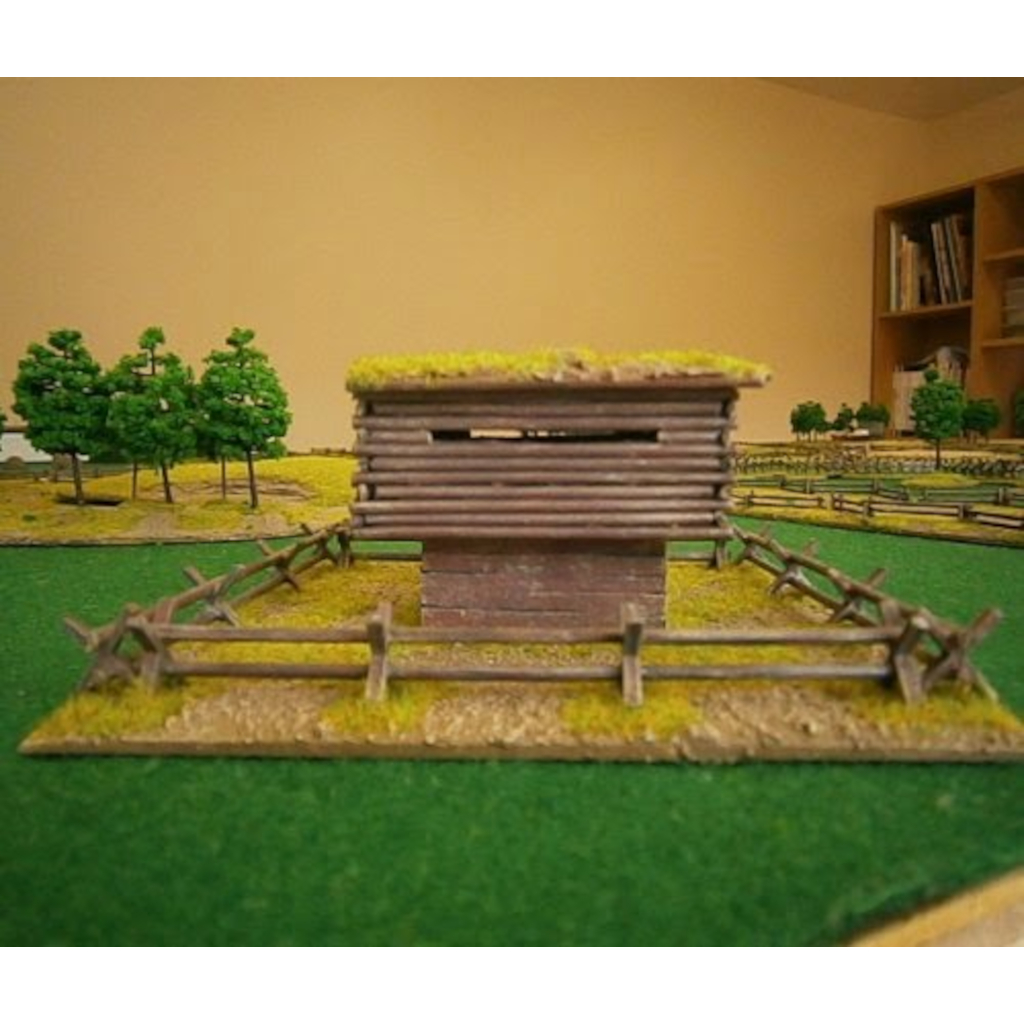
Making American Civil War Blockhouse
Below is a tutorial on Making American Civil War Blockhouse (ACW). A very good friend of mine from the Grimsby Wargames Society built an American Civil War (ACW) blockhouse for his 15mm figures and so inspired me I just had to build one for my own 10mm figures. American Civil War Blockhouse is suitable for…
-
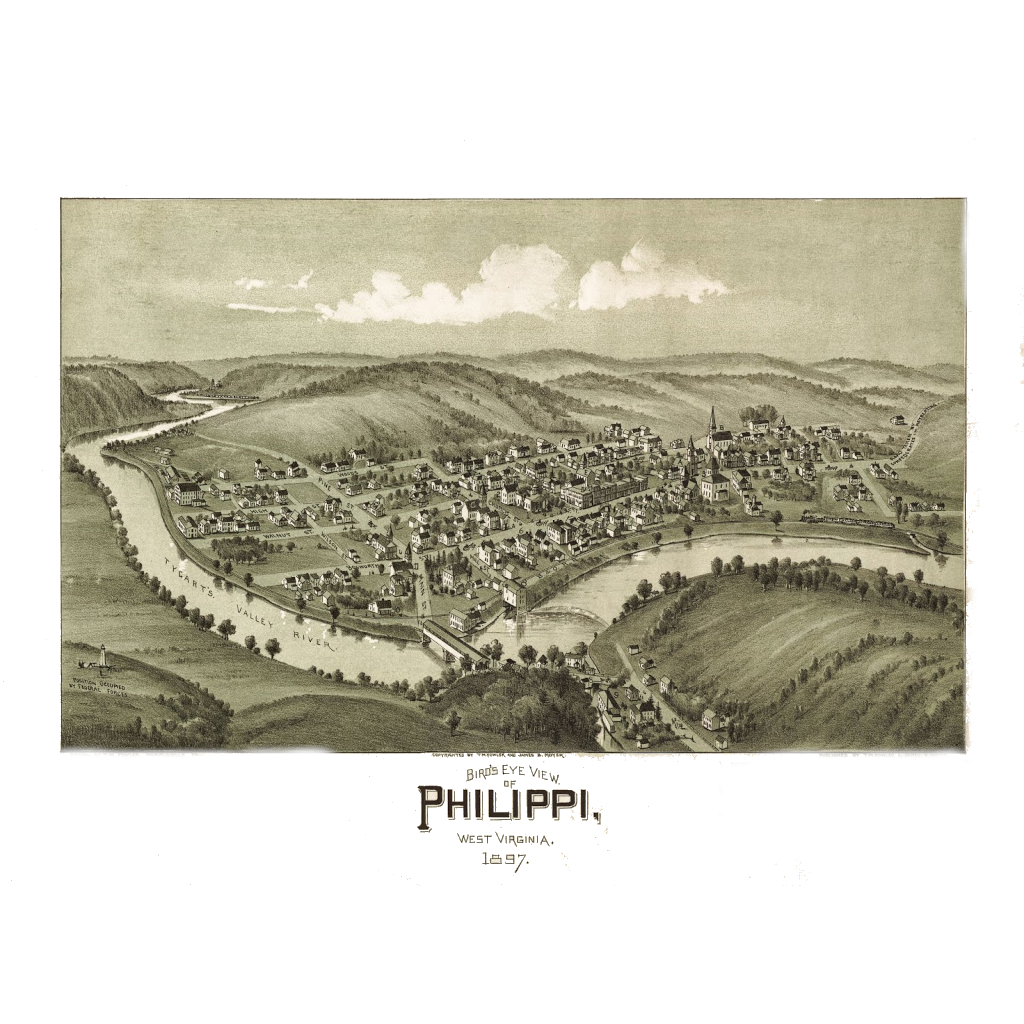
The Battle of Philippi
The Battle of Philippi, fought on 3rd June 1861, was the first significant land engagement of the American Civil War. It took place in Barbour County, Virginia (now West Virginia) and was part of the Western Virginia Campaign. Union forces, led by Major General George B. McClellan, aimed to secure the Baltimore & Ohio Railroad…
-
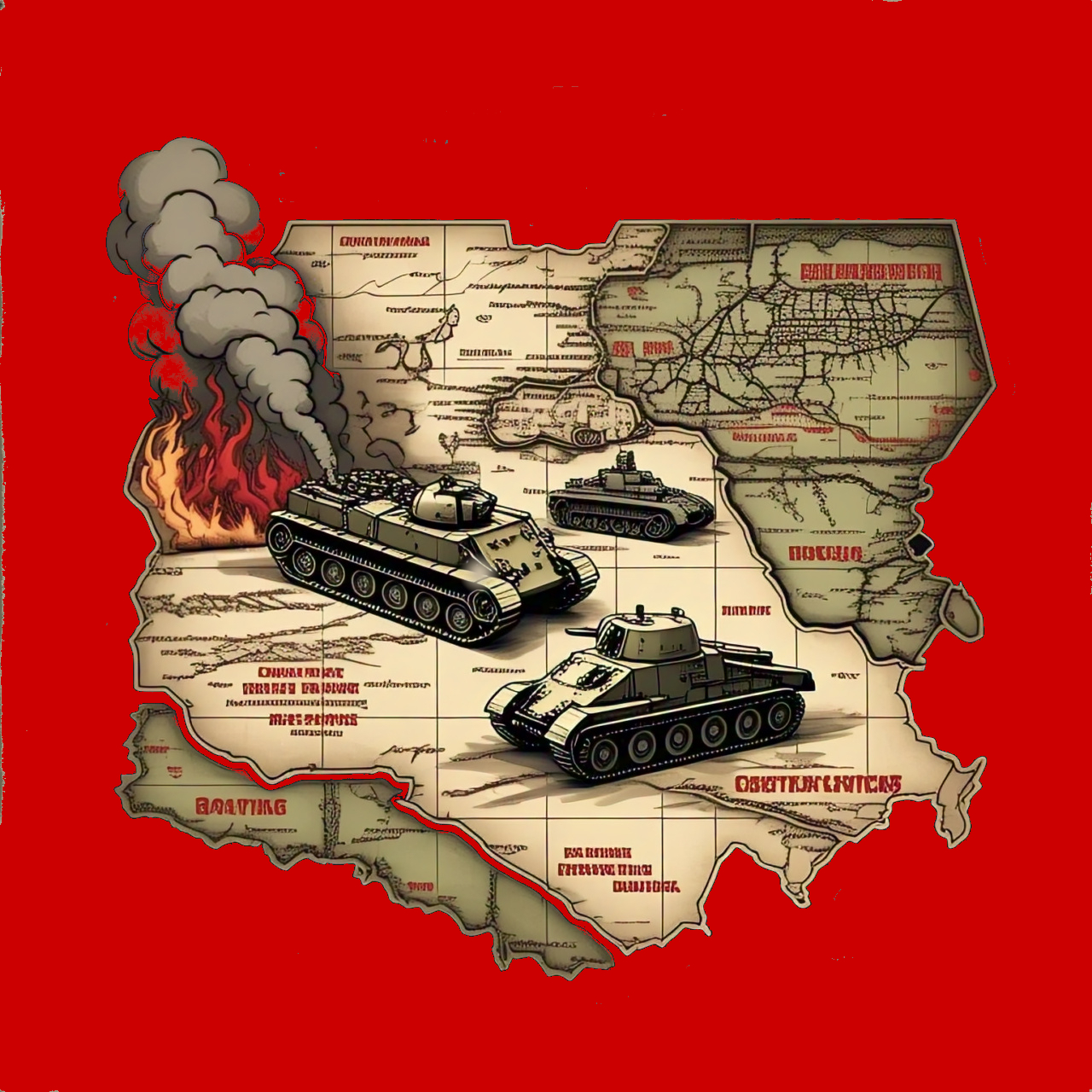
Southern Front
Southern Front The Southern Front formed in 1940 to oversee Soviet operations during the occupation of Bessarabia and Northern Bukovina. It coordinated three armies, including the 5th, 9th, and 12th, showcasing strategic brilliance and resilience. The front’s leadership and forces contributed significantly, reflecting exceptional tactical expertise and dedication throughout its operational history. Commanders Army General…
-
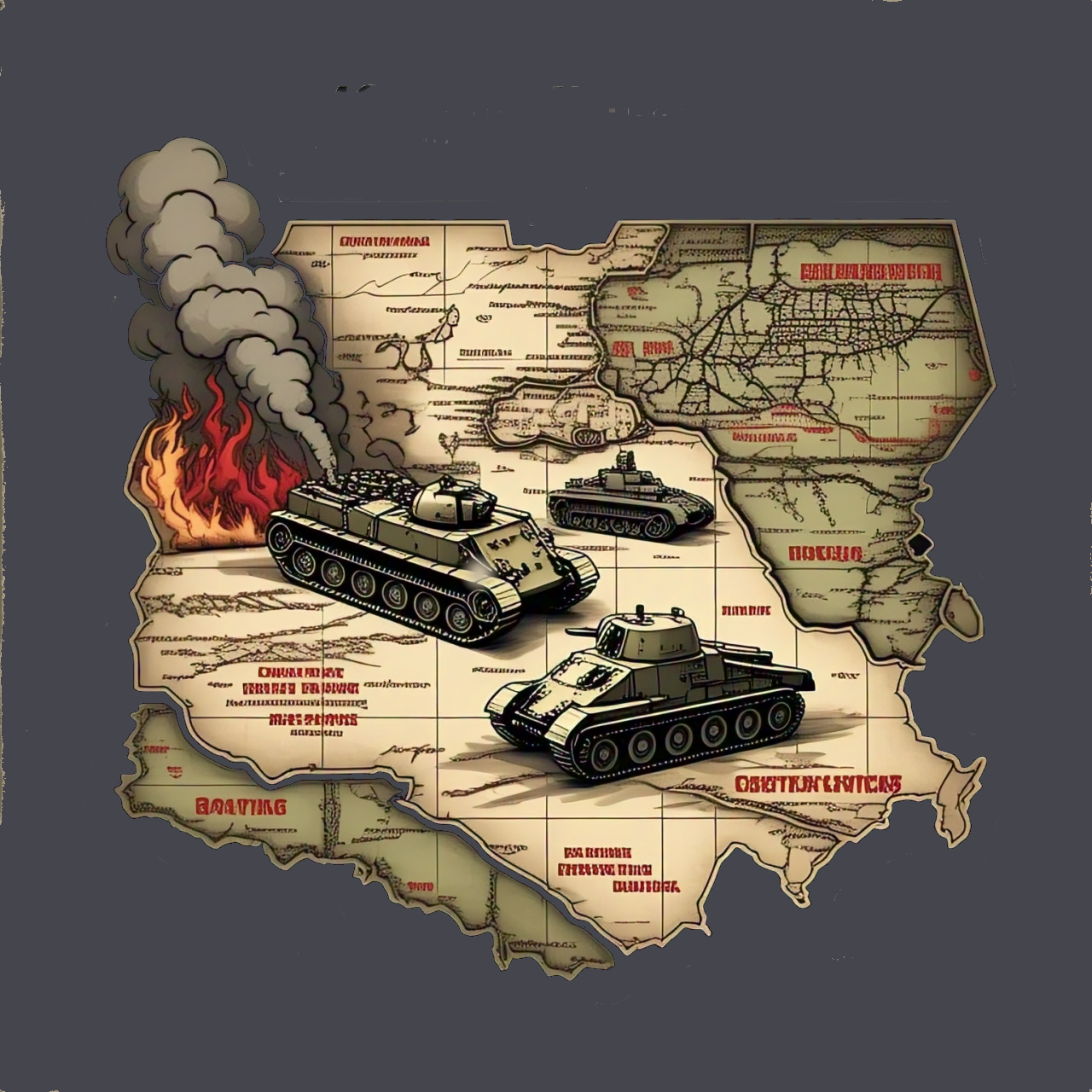
Army Group South
Army Group South Army Group South formed in 1939, leading Germany’s invasion of Poland under Gerd von Rundstedt’s command. It coordinated multiple armies, achieving significant victories. The group later reorganized for Operation Barbarossa, targeting Soviet Ukraine. Its formation marked a pivotal step in Germany’s military strategy, reflecting its ambitions during World War II. Commanders Generalfeldmarschall…
-

Southwestern Front
Southwestern Front The Soviet Union formed the Southwestern Front on 22nd June 1941, from the Kiev Special Military District. Commanders organized its forces to counter the German Army Group South during Operation Barbarossa. The front included the 5th, 6th, 26th, and 12th Armies, engaging in significant battles like Uman and Kiev. Commanders Colonel General Mikhail…
-
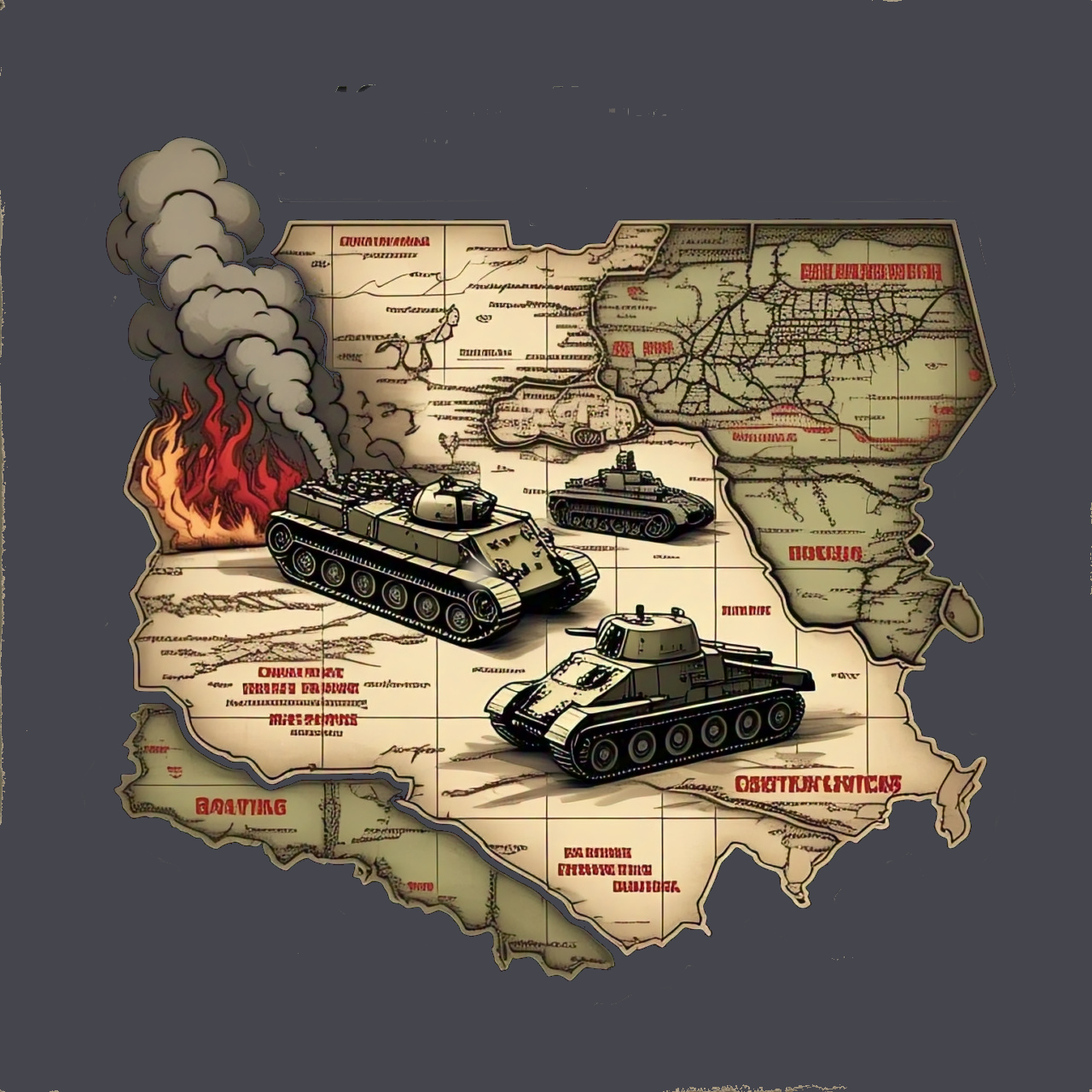
297th Infantry Division
297th Infantry Division The 297th Infantry Division (297. Infanterie-Division) was formed in March/April 1940 from newly trained Austrian personnel. Not identified in action prior to the Russian campaign where it operated in the southern sector from July 1941. Virtually destroyed at Stalingrad. Commanders General der Artillerie Max Pfeffer, from 5th April 1940 to 1943 General…
-

295th Infantry Division
295th Infantry Division The 295th Infantry Division (295. Infanterie-Division) was formed in March/April 1940 from newly trained personnel. Not identified in action prior to the Russian campaign, where it was continuously engaged on the southern front from July 1941. Virtually destroyed at Stalingrad. Commanders General der Artillerie Rolf Wuthmann, from 2nd May 1942 to 16th…
-

113th Infantry Division
113th Infantry Division The 113th Infantry Division (113. Infanterie-Division) was formed in December 1940. Was in the Balkans on occupational duties during November and December 1941. Later transferred to the southern sector of the Russian front, where it was finally virtually destroyed at Stalingrad. Commanders Generalleutnant Friedrich Zickwolff, from 4th June 1941 to 10th May…
-

94h Infantry Division
94h Infantry Division The 94h Infantry Division (94. Infanterie-Division) was a reserve division formed in September 1939. Personnel mainly Saxon or Sudeten German, with some previous military training. Took some part in the French campaign. Engaged in Russia in the southern sector, where it suffered heavy casualties on the withdrawal from Stalingrad. Commanders General der…
-

100th Jäger Division
100th Jäger Division The 100th Jäger Division (100. leichte Infanterie-Division) was formed in December 1940. First identified in action during the summer of 1941 on the Southern Russian front. The 369th Reinforced Inf Regt (Croatian) attached to it until late in 1942. The division virtually destroyed at Stalingrad. Commanders Generalleutnant Werner Sanne, from 10th October…
-

9th Flak-Division
9th Flak Division The 9th Flak Division (Luftwaffen-Feld-Division 9) was a division of the Luftwaffe created in western France in January 1941. It served on the Eastern Front before being surrounded in Stalingrad in November 1942 and destroyed. Commanders General der Flakartillerie Wolfgang Pickert, from 25th June 1942 to 27th May 1944 General der Flakartillerie…
-

79th Infantry Division
79th Infantry Division The 79th Infantry Division (79. Infanterie-Division) was a reserve division formed on mobilization. Personnel mainly from the Rhineland. On the Saar front for a period, but took little part in active operations. Identified on the southern sector of the Russian front. Virtually destroyed at Stalingrad. Commanders Generalleutnant Richard Graf von Schwerin, from…
